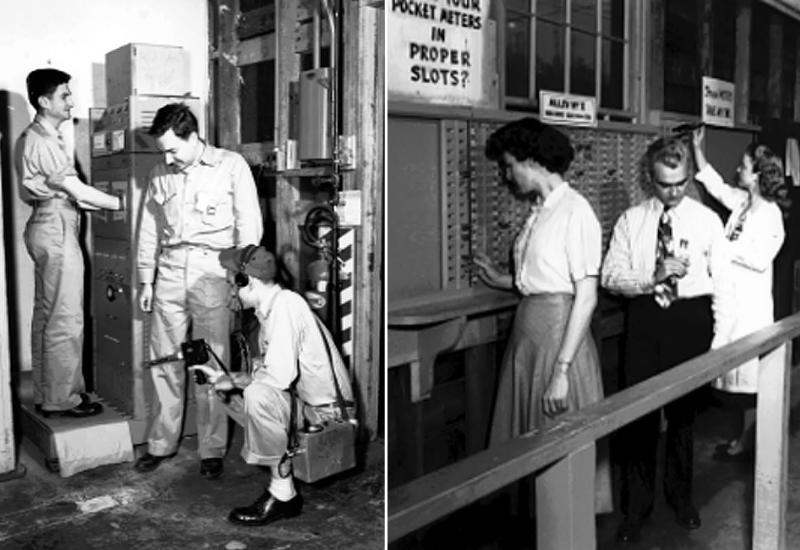
On Oct. 30, we recognize the sacrifices made by nuclear weapons workers and their family members in the interest of our national defense on the National Day of Remembrance for Nuclear Weapons Workers.
Congress first passed a resolution in 2009 to recognize the sacrifices of tens of thousands of workers in the production of our country’s nuclear weapons arsenal – recognition that was long overdue. This year, however, through the summer blockbuster “Oppenheimer,” many people have heard about the sacrifices of workers at nuclear sites such as Hanford, Washington, and Los Alamos, New Mexico, for the very first time.
While working in Hanford, Los Alamos, or one of the many other national nuclear sites, workers including uranium miners, millers, and haulers, plutonium producers, and onsite participants at atmospheric nuclear weapons tests did not receive adequate protection from occupational hazards. As a result, workers were exposed to beryllium, ionizing radiation or other hazards unique to nuclear weapons production and testing and many developed serious illnesses, often disabling, or even fatal.
Today, the Energy Employees’ Occupational Illness Compensation Act (EEOICPA) program, established by Congress in 2000, provides benefits to individuals who were sickened or died from this work, as well as their families. To date, the program has provided over $22 billion dollars in total compensation and medical benefits to approximately 135,000 claimants, far exceeding original estimates for the program.
We take this day to recognize and honor the hardships experienced by these workers and their families. We also honor and remember those who we’ve lost. At the Division of Energy Employees Occupational Illness Compensation, we are dedicated to protecting the interests of these workers by making timely, appropriate, and accurate decisions on claims and providing prompt payment of benefits to eligible claimants.
I encourage those workers who became ill due to their work or their surviving family members to apply for benefits. The compensation and medical benefits available under the program may help lessen the hardships some seriously ill workers and their families are now facing.
To learn more about eligibility or start a claim, we have 11 stationary Resource Centers nationwide to provide in-person and over the telephone assistance. To find the nearest Resource Center or learn more about filing a claim under the EEOICPA, call us toll-free at 866-888-3322 or visit our website.
Christopher J. Godfrey is director of the Office of Workers’ Compensation Programs at the U.S. Department of Labor.

 U.S. Department of Labor Blog
U.S. Department of Labor Blog




